A tiny dinosaur and a miniscule map of Australia are two of a new class of versatile and programmable nanostructures constructed using DNA origami.
It is hoped that the work, carried out by researchers in Sydney, Australia, will open up a variety of future applications across synthetic biology, nanomedicine and materials science.

In cells, proteins rapidly self-assemble into molecular machines with a vast number of applications. Synthetic self-assembly methods, inspired by biology, have achieved important advances – such as de novo design of proteins – but many self-assembly strategies are yet to be explored.
One of the most frequently used approaches is the DNA origami method, where a long single-stranded DNA scaffold is folded into diverse biological nanostructures. DNA is an ideal material for self-assembly of nanostructures, the researchers explained, because of its sequence-specific binding and ease of both synthesis and chemical modification.
In the study the researchers presented a modular system of DNA origami ‘voxels’ – described as 3D versions of pixels – that could be assembled into complex 3D structures.
Incorporating additional DNA strands on the exterior of the voxels, the team were then able to create programmable binding sites enabling the voxels to be joined together in precise ways to create customisable structures.
Using the technique they were able to prototype 50 different structures, including eight-monomer structures such as a rectangle, dinosaur and map of Australia, and 12-monomer structures, such as a square, dragon and a robot.
Using multifunctional voxel pools, they then went on to build more complex 3D shapes with multiple components, such as a 3D rocket ship on a hexagonal lattice.
The researchers said the foldable DNA voxel chain provided a prototyping system to enable exploration of a range of self-assembly strategies inspired by protein folding and supramolecular chemistry.
References
MT Luu et al, Sci. Robot., 2024, 9, eadp2309 (DOI: 10.1126/scirobotics.adp2309)





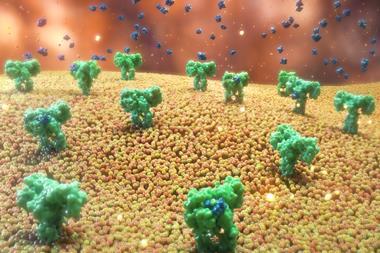
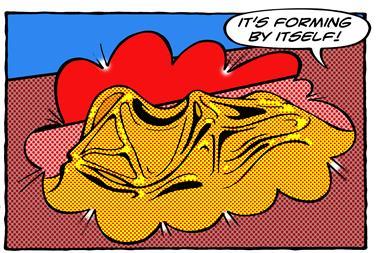

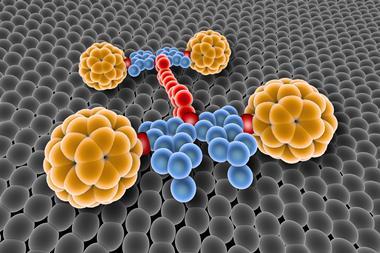
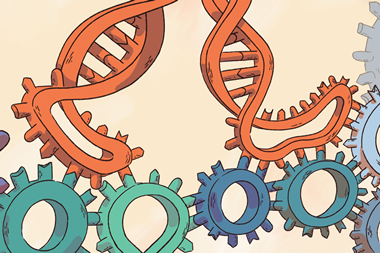
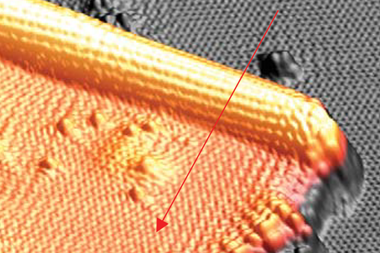


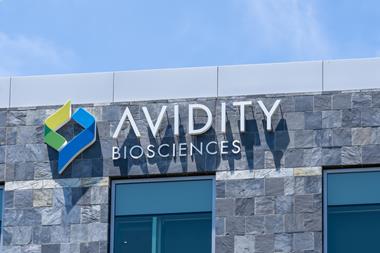
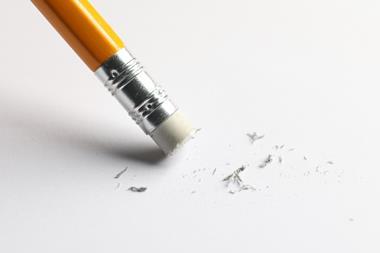


No comments yet